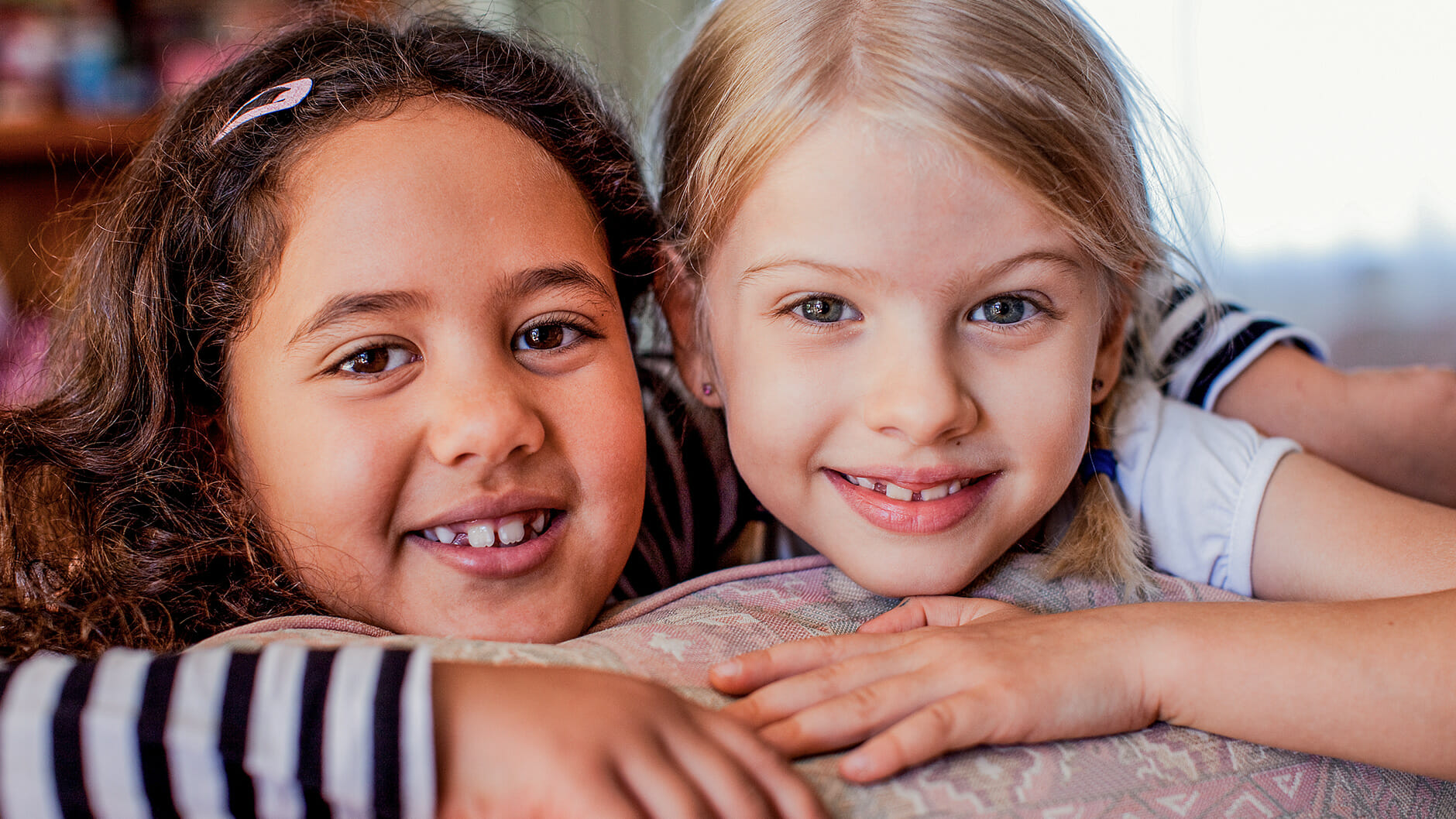The days that our schools were made up of mainly Pākehā and Māori students are long gone. People from all corners of the world now call New Zealand home, and our country’s cultural diversity is growing. The increase of diversity doesn’t only relate to race and ethnicity. It can include different religions, languages, socioeconomics, sexual orientation, gender identity and students with disabilities.
Fostering awareness around multicultural and inclusive education and taking a culturally responsive approach to teaching in New Zealand schools benefits all students. It’s essential to prepare our children to adapt to an ever-evolving world and to teach them to embrace others with backgrounds that are different from their own.
Benefits of inclusion and diversity
Diverse cultural perspectives can inspire creativity and drive innovation, and a range of studies show that having different perspectives can create positive learning outcomes. Children who learn about diversity and cultural awareness often have better social skills and increased confidence. They are usually more accepting and tolerant across the board.
Friendships matter throughout life, and in early adolescence they provide validation and emotional support. A study by researchers at the University of California Los Angeles (UCLA) and the University of Groningen in the Netherlands found that friendships across ethnic groups in schools help protect young people from feeling vulnerable, making them feel less lonely and safer at the same time.
Your child may want to travel overseas or study abroad in the future, and it will be beneficial if he or she is used to being around people of other races and cultures, various religions and socio-economic levels, and people of all genders and abilities.
Beating the stereotypes
From “girls suck at maths” and “men are insensitive” to “Maori students struggle at university” and “South Africans believe that races don’t mix”, there’s no shortage of stereotypes. Essentially, stereotypes are automatic and exaggerated mental pictures that we hold about all members of a particular group.
It’s human nature to categorise people. Basically, it’s our way of making a complex world easier to understand. But when we stereotype people, we don’t take into account that they are individuals.
From an early age, we learn to place people and objects into categories. When we’re very young we tend to put less of an emphasis on attributing values to these categories. However, as we grow older and are influenced by parents, peers, and the media, our tendency to label different groups of people as superior/good or inferior/bad increases.
Children as young as four start to learn stereotypes about themselves and others. That’s why teachers have a vital role to play in combating racism and prejudice by teaching children about cultural diversity as soon as they can.
Parents and caregivers of course also have a responsibility to debunk stereotypes and discourage racism and xenophobia. Conversations about racism and discrimination will be different for each family and there is no one-size-fits-all approach. The earlier parents start the conversation with their children the better.
As action speaks louder than words, be prepared to address inequality by shutting down discrimination whenever it arises. Respond to inappropriate comments or action, answer your children’s questions openly, and let your child know that it is never okay to judge people based on their cultural background or the colour of their skin.
What about the New Zealand Curriculum?
The cultural diversity principle is one of eight principles in The New Zealand Curriculum that provide a foundation for schools’ decision making. The cultural diversity principle calls for schools and teachers to deliver a curriculum that:
- reflects our linguistically and culturally diverse nation
- affirms students’ different cultural identities
- incorporates students’ cultural contexts into teaching and learning programmes
- is responsive to diversity within ethnic groups
- helps students understand and respect diverse viewpoints, values, customs, and languages
Inclusive education means that all children and young people are engaged and achieve through being present, participating, learning and belonging. It means all learners are welcomed by their local early learning service and school, and are supported to play, learn, contribute and participate in all aspects of life at the school or service.
It is founded in the Education and Training Act 2020, which states: “people who have special education needs (whether because of disability or otherwise) have the same rights to enrol and receive education at state schools as people who do not”.
New Zealand schools also have binding obligations to include and provide a quality education for all learners under the New Zealand Disability Strategy and the United Nations Convention on the Rights of Persons with Disabilities. Find more information on the Ministry of Education’s website: https://www.education.govt.nz/school/student-support/inclusive-education/.
Diversity in the classroom is the understanding that each student brings unique experiences, ideas, and strengths to the school. Creating an inclusive classroom environment where everyone feels comfortable and equal can help build confidence and encourage students to participate in group settings, answer questions and ask for help, all of which can help them to achieve academically.
With diverse voices in the mix, individual students can see problems from multiple perspectives, opening their minds to new possibilities.
